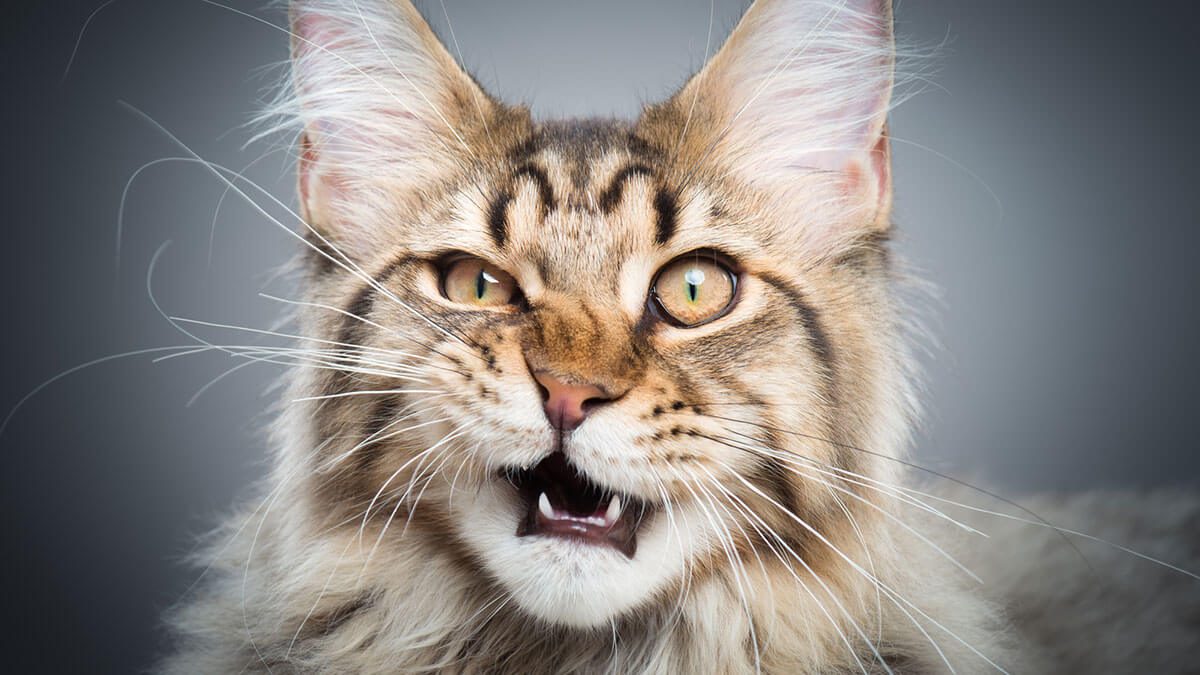Despite the fact that cats are an integral part of human life, humans have very little knowledge about their bodies. In particular, there are many myths about cat whiskers. Cats’ whiskers are very important in their daily life as they help them see, find, hunt and even express their state of mind. The roots of a cat’s whiskers are surrounded by nerves, sensory cells and muscles associated with their motor and nervous systems.
Myth # 1: cats need whiskers for orientation.
Whiskers are also called vibrissae, with their help cats determine the distance to objects, as well as the size and location of elements around them. Likewise, whiskers help cats with night vision to walk in a straight line, calculate distances while jumping, and discern the size and location of their prey.
In any case, the mustache is used not only to measure the dimensions of the room in which the cat is located, or to determine the proximity of objects. In addition to all these functions, they help determine the mood of the animal, writes the portal MyAnimals.
If the cat is relaxed, its whiskers will lie slightly to one side; if she is happy or interested, the mustache will be lengthened. As the cat examines the object, the whiskers will move forward, if they are scared, irritated or painful, the whiskers will move back.
Myth # 2: mustache only on the face
Whiskers are multifunctional tactile hairs, thicker and longer than cat hair, located on the eyes, ears, jaw and forelegs. These are very sensitive sensory hairs that act as a kind of radar. So they are not only on the face.
Myth # 3: mustache can be cut
Imagine that all of these characteristics suddenly cease to exist in the life of a cat. Mustaches are important to their daily life as well as their comfort in the environment. Never trim or pull on a cat’s whiskers, as otherwise the cat may become disoriented and frightened.
In addition, there are many nerve endings in the mustache, and if you cut them, the cat will be hurt. At the same time, if for some reason your pet loses its whiskers, it will grow back in a month or two – if it still has a healthy hair follicle.
Myth # 4: without a whisker, a cat loses balance
As mentioned above, cats use their whiskers as sensors or radars, but not for balance. Balance in a cat is a complex of conditions provided by the muscular, tactile and visual systems.
If a cat were to lose its whiskers, it would have to rely much more on other senses to explore its territory, see up close and at night, hunt and express its emotions. However, this does not mean that she will completely lose the ability to move and balance.












